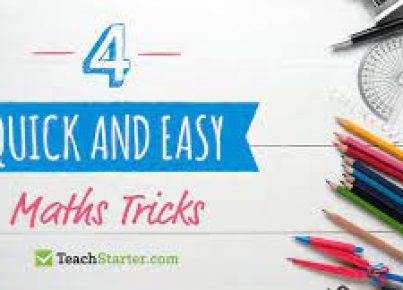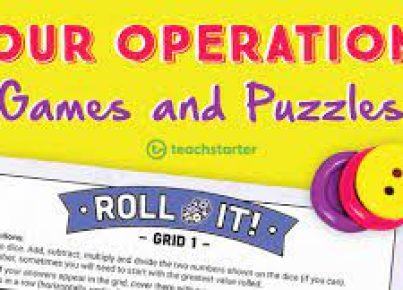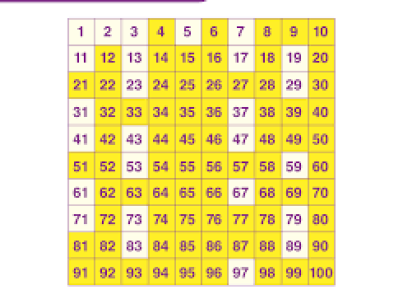Mathematics is often viewed as a rigid and analytical subject, devoid of creativity. However, by integrating creative art projects into your curriculum, you can help students develop a love and appreciation for math. This approach cultivates an engaging learning environment that demonstrates the beauty of mathematics through creative expression.
In this article, we will explore several art projects that can foster a positive relationship with math, while encouraging students to think creatively and develop an appreciation for both subjects.
1. Geometric Patterns: Have students create geometric patterns using shapes like triangles, squares, and hexagons. This project teaches them about tessellations, symmetry, and spatial reasoning while allowing them to create visually appealing artwork. Additionally, students can learn how these concepts are used in various cultural art forms, such as Islamic patterns or indigenous designs.
2. Mathematical Origami: Paper folding offers an exciting way to explore geometry concepts in an artistic medium. Introduce your students to origami by teaching them how to make simple mathematical origami shapes. As they progress, challenge them to create more complex geometric figures by following origami instructions that demand higher-order mathematical thinking.
3. Fractals: Introduce students to fractals – infinitely complex patterns formed by repeating a simple process over and over again. Encourage them to explore the natural occurrences of fractals in the world around them (e.g., fern leaves or snowflakes) and then create their own using various techniques such as drawing or digital software.
4. Graph Art: Teach your students coordinate geometry concepts by having them create artwork on graph paper or with graphing calculators. They can plot points, develop equations, or even create geometric transformations to produce visually appealing patterns and designs.
5. Fibonacci Spiral & Golden Ratio Art: Introduce your students to the beauty of the Fibonacci sequence and the golden ratio in nature and art. Have them create artwork that incorporates these mathematical concepts – such as drawing spirals, designing geometric shapes with proportions based on the golden ratio, or creating collages of images and patterns found in nature that exhibit these principles.
6. Escher-like Tessellations: Inspired by M.C. Escher’s famous tessellations, encourage students to design their own tessellation patterns featuring animals, objects, or abstract shapes. This project can help students develop a deep understanding of symmetry, pattern recognition, and the transformation of geometric shapes.
7. Mathematical Coloring Pages: Create coloring pages with hidden math problems for your students to solve. For example, you could design a picture composed of geometric shapes, where each shape contains a math problem. As students solve the problems correctly, they can color the shapes according to a predetermined color scheme.
In conclusion, integrating creative art projects into your math curriculum allows students to think critically and make connections between the two disciplines while cultivating a love for mathematics. By combining these subjects, you are providing an opportunity for students to perceive math’s inherent beauty and explore its applications in both functional and creative ways. So go ahead and bring art into your classroom and watch your students love math like never before!




